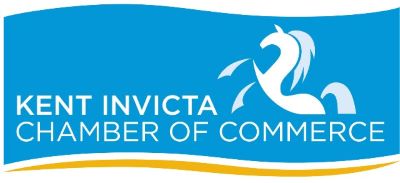You need a new website. Before you go bowling in, following these steps can help ensure you get your website right first time.
- Set your objectives. For example: marketing to existing or potential customers, providing product and sales support, making direct sales online or recruiting employees.
- Your objectives should be SMART: specific, measurable, agreed, realistic and time-limited.
- Look at other websites to generate ideas. It's a good idea to review your major competitors, plus other organisations in your sector. You can also get inspiration from sites you like. Draw-up an outline of what you want your site to include.
- Decide if you want to sell online. Creating an online shop is easier today than ever before, but still adds some complexity to the process. Take time to understand legal and customer security issues - and be aware of distance selling rules.
- Evaluate the best way to build your website. There are three main options: create it in-house from scratch, work with an external web designer, or use a template-based website builder.
- Source any technical or web design consultancy you need. Ask for references and evidence of successful projects.
- Make sure you will own the original design files and website code and ensure all copyright is assigned to you.
- Sketch out a site map and page designs (also called wireframes). This should detail what pages your website will have, what each will contain, and how they fit together in a logical structure. Wireframes help you picture and refine your site before it gets built.
- Think about your website content early in the process. Can you adapt existing marketing materials or website text? Do you feel comfortable writing for your website, or do you need to bring in a copywriter?
- Establish design guidelines in keeping with company style. Aim for visual clarity and easy navigation. Avoid complex designs which are slow to download.
- Make sure your site is search engine optimised as you build it. For example, ensure pages include appropriate keywords, and descriptions to help search engines.
- Think about how people on mobile devices will experience your website. Consider using responsive web design so your site adapts to fit smaller screens.
- Consider accessibility issues for disabled users and ensure compliance with the Equality Act 2010.
- Make sure you can measure how the site performs. Use an analytics tool like Google Analytics to track visitor numbers and behaviours.
- Find a suitable web host so you can publish your site online. If you are working with a designer, they should be able to help you choose. There are many business web hosting options available - most website builder packages include hosting.
- Buy a memorable domain name, (like www.yourbusiness.com), so people can find your website. Your web hosting company should be able to provide a domain name.
- Test the site, using different versions of various web browsers. Make sure the design looks right, pages load quickly and page links work.
- Assess the site's appeal and ease of navigation. Ask employees and key customers for feedback and suggestions.
- Launch the site and start promoting it. Identify sites you can link to and from and let your customers know about it. Include the address in your letterhead, brochures and all advertising.
- Keep the site up to date. Add new, time-critical material, particularly on the home page, to keep visitors coming back.
